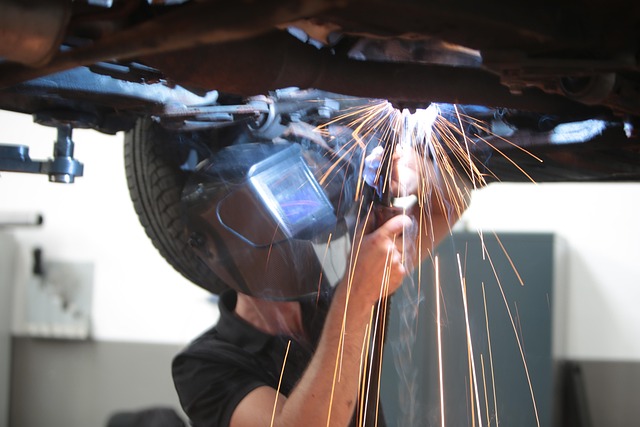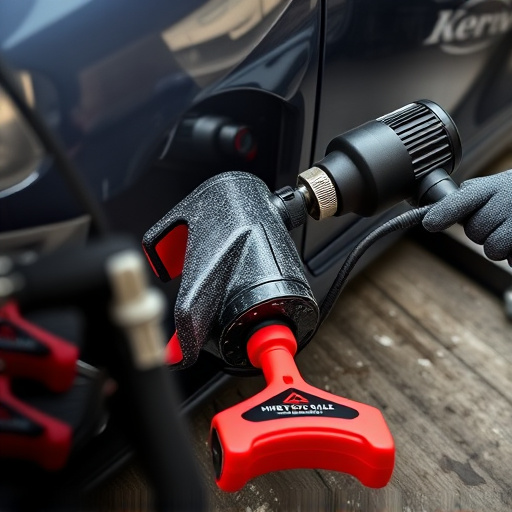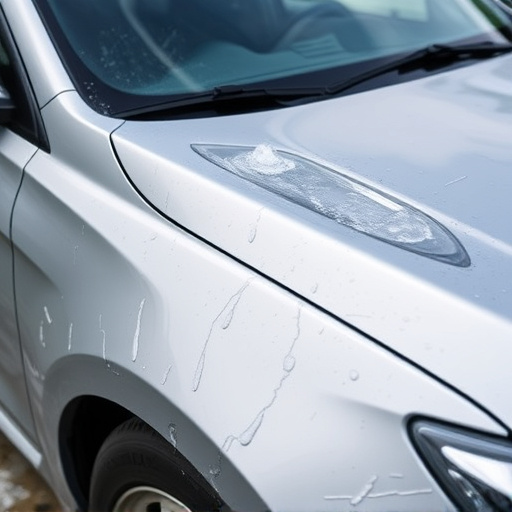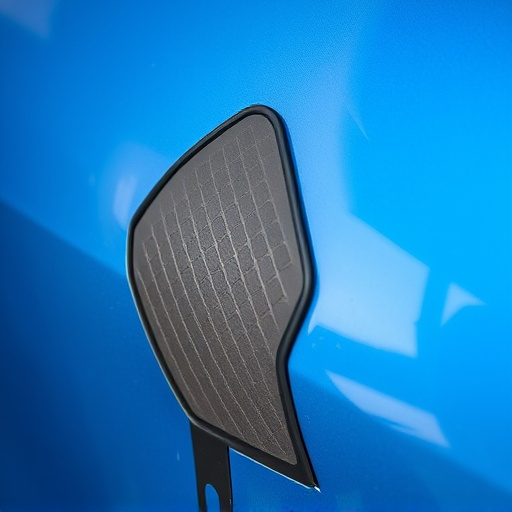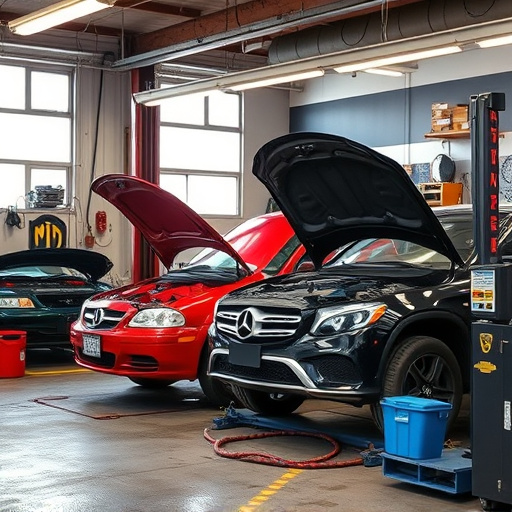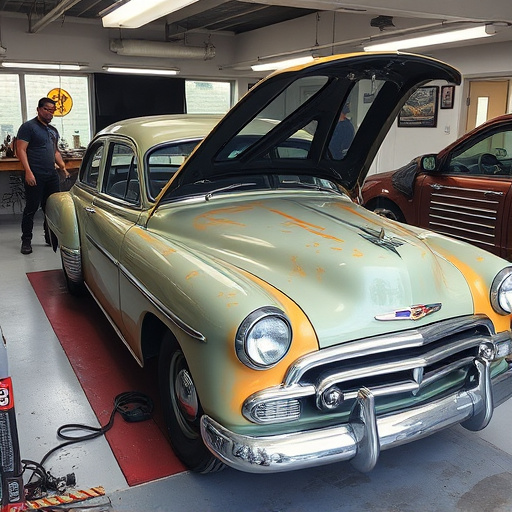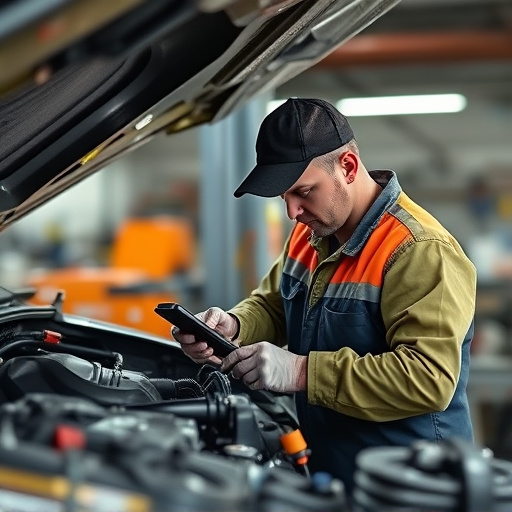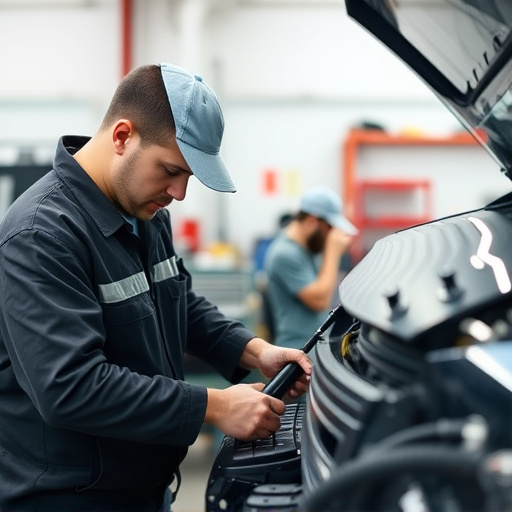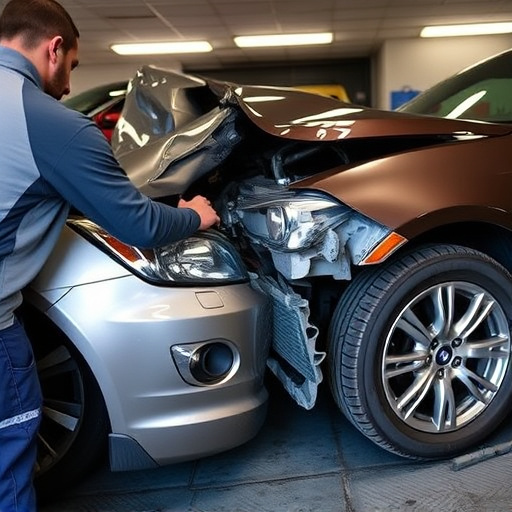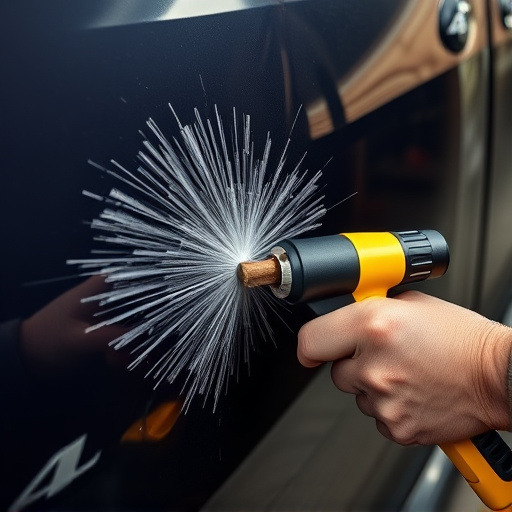Tesla seatbelt pretensioner resets are vital for safety and reliability. After replacing a faulty component, a reset scans for error codes and calibrates pretensioners, ensuring optimal performance during collisions. This process is crucial for both Tesla owners and classic car restorers to maintain peak safety feature efficiency.
Learn how to perform a Tesla seatbelt pretensioner reset after replacing the component. This guide breaks down the process step-by-step, ensuring your vehicle’s safety system is correctly calibrated post-installation. Understanding Tesla seatbelt pretensioners and their crucial role in passenger protection is essential before diving into the reset procedure. By following these instructions, you’ll ensure your Tesla remains a safe haven on the road after component replacement.
- Understanding Tesla Seatbelt Pretensioners
- Component Replacement Process Step-by-Step
- Resetting the System After Installation
Understanding Tesla Seatbelt Pretensioners
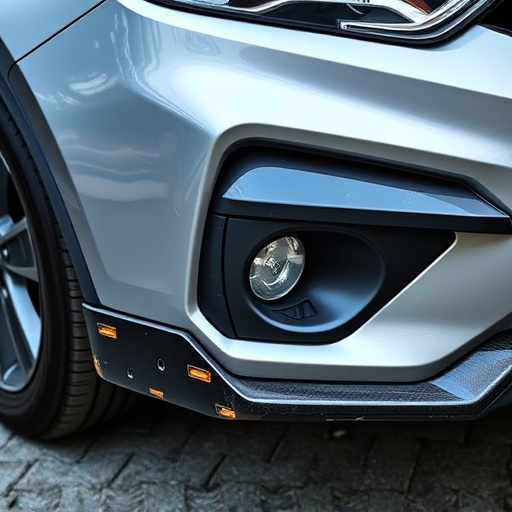
Tesla’s seatbelt pretensioners are advanced safety features designed to secure occupants firmly during a collision, minimizing the risk of injury. These pretensioners automatically tighten the seatbelts, pulling the driver and passengers back into their seats. This crucial component plays a vital role in enhancing vehicle safety, especially in high-speed accidents. Understanding how it works is essential for Tesla owners, particularly when navigating the process of component replacement or resetting after an incident.
When a collision occurs, the pretensioner’s sensors detect the impact and activate the mechanism. This rapid response helps to prevent the driver and passengers from being thrown forward, which can lead to severe injuries. Regular maintenance and timely resets are part of responsible car repair services, ensuring these safety features remain operational. For those involved in classic car restoration, understanding such systems is equally important, as it contributes to the overall safety and reliability of the vehicle.
Component Replacement Process Step-by-Step
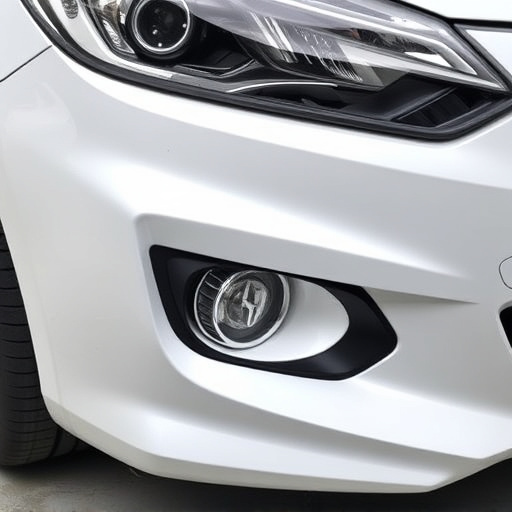
After removing the damaged or faulty Tesla seatbelt pretensioner component, the replacement process begins with acquiring the necessary new part. It’s crucial to source a genuine Tesla part for optimal performance and safety. Next, carefully disconnect the electrical connectors associated with the pretensioner, ensuring no residual voltage. The old pretensioner should then be physically removed, often involving unscrewing or unclipping it from the vehicle’s frame.
Once the new component is installed, securing it properly according to Tesla’s guidelines is essential. Reattach any disconnected electrical connectors and verify their integrity. Finally, a Tesla seatbelt pretensioner reset is required to ensure the system functions correctly post-replacement. This process involves scanning the vehicle’s computer for any error codes and calibrating the pretensioners to guarantee optimal performance in the event of a collision, enhancing passenger safety.
Resetting the System After Installation
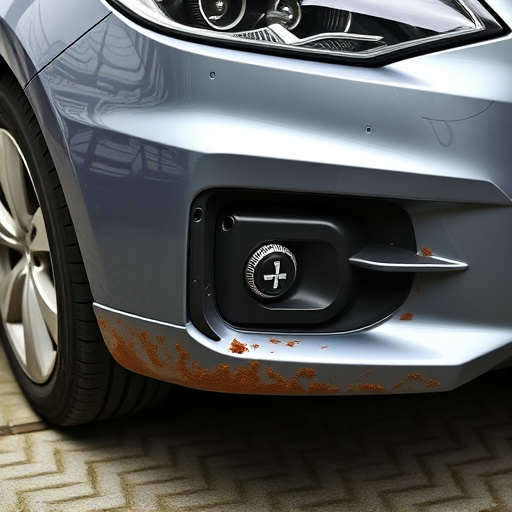
After successfully replacing a Tesla seatbelt pretensioner component, resetting the system is crucial to ensure optimal safety performance. This process allows the vehicle’s computer to recalibrate and recognize the new hardware, guaranteeing that the pretensioners function correctly in the event of an accident. Typically, a simple procedure involving a reset button located within the car’s control module will suffice.
For those engaging in classic car restoration or automotive repair, this step is non-negotiable. Even if the replacement seems straightforward, resetting ensures every safety feature operates at peak efficiency. It’s a vital process that, when overlooked, could compromise the integrity of the vehicle’s overall safety system, akin to leaving a puzzle incomplete.
After replacing a Tesla seatbelt pretensioner component, resetting the system is crucial for ensuring optimal passenger safety. By following a simple process outlined in this article—from understanding the role of pretensioners to the step-by-step replacement and final reset—you can guarantee that your Tesla’s safety features are fully functional. Remember, a properly reset seatbelt pretensioner is vital for effective impact protection during emergencies, making it a crucial maintenance task for every Tesla owner.
